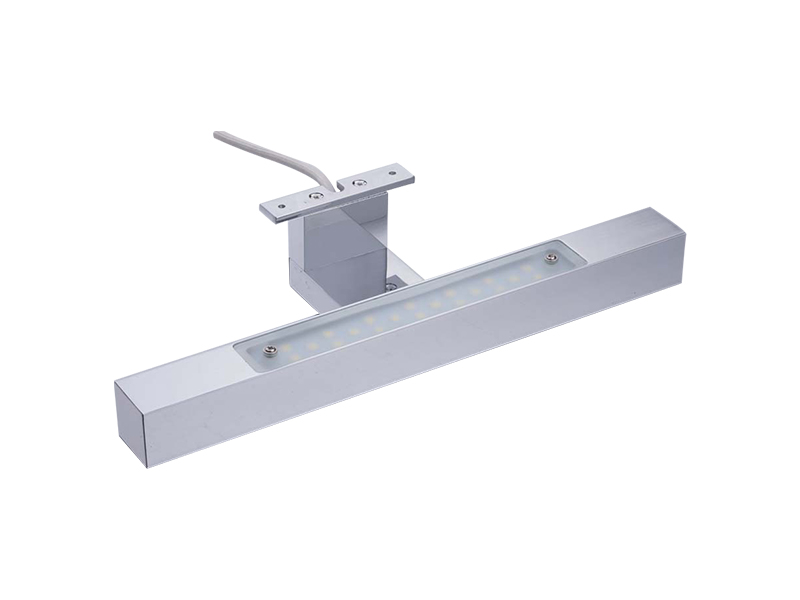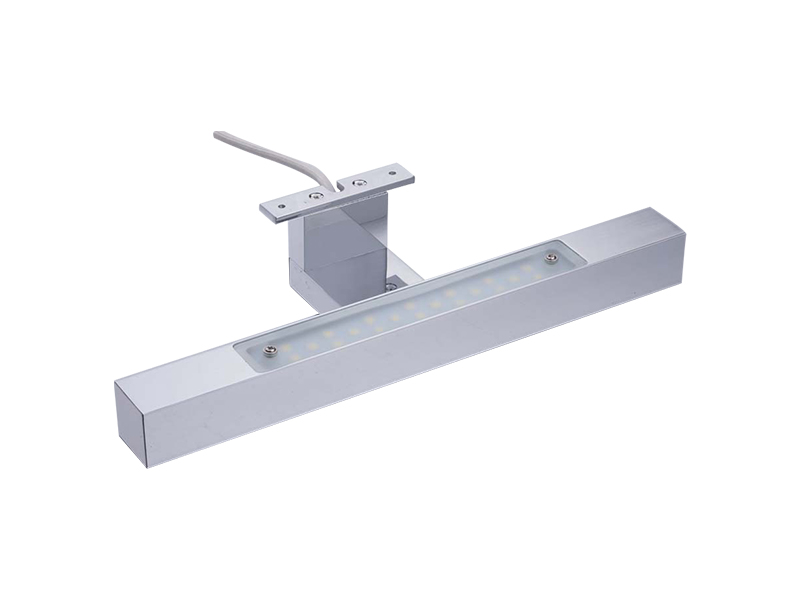How is the telescopic effect of telescopic LED mirror lights achieved?
The telescopic effect of telescopic LED mirror lights is usually achieved in the following ways:
Mechanical telescopic structure: The lamp is equipped with a retractable mechanical structure such as a spring, gear or slide rail system, allowing the user to adjust the length and angle of the lamp as needed.
Articulated design: Some parts of the lamp are designed as rotatable joints, allowing the user to adjust the range of light in multiple directions.
Flexible materials: Light strips made of flexible materials (such as silicone or plastic) can be bent into different shapes to adapt to different usage scenarios.
Electronic control: Some high-end telescopic LED mirror lights may use electronic control to adjust the telescopic length and angle of the lamp through a remote control or smartphone application.
Where can the telescopic effect of telescopic LED mirror lights be applied?
The flexibility of telescopic LED mirror lights allows them to be used in a variety of occasions:
Home bathroom: Provide close-range lighting required for makeup, shaving or daily cleaning.
Beauty salon or SPA center: Provide precise lighting for professional beauty services, facilitating facial treatments or massages.
Medical facilities: Provide focused lighting during medical examinations or surgeries to facilitate precise operations.
Studios or workbenches: Provide artists, craftsmen or engineers with the precise lighting they need when working.
Photography and video production: As auxiliary lighting, help photographers or videographers control the direction and intensity of light.
How to maintain the telescopic LED mirror light to make it last?
To ensure the long-term performance and effect of the telescopic LED mirror light, here are some maintenance suggestions:
Regular cleaning: Use a dry soft cloth or a slightly damp cloth to gently wipe the surface of the lamp to remove dust and dirt. Avoid using corrosive cleaners.
Check the power cord and plug: Regularly check the power cord and plug for wear or damage to prevent electrical failure.
Avoid overheating: Do not place the lamp in direct sunlight or near heat sources to prevent overheating from affecting the life of the LED.
Use the telescopic function correctly: When using the telescopic function, avoid excessive force or over-stretching to prevent damage to the mechanical structure.
Storage and transportation: When not in use, store the lamp properly in a dry, cool place to avoid collision and squeezing.
Follow the manufacturer's instructions: Carefully read and follow the manufacturer's instructions for use and maintenance to ensure proper use and maintenance of the lamp.
Replace batteries regularly: If the lamp is battery-powered, check the batteries regularly and replace them to maintain the performance of the lamp.
Pay attention to the waterproof performance of the lamp: If the lamp is waterproof, make sure not to break its waterproof seal during use and cleaning.
Avoid chemical corrosion: During cleaning or use, avoid contact with substances that may cause chemical corrosion to the lamp.
Timely maintenance: If you find any abnormalities in the lamp, such as flickering, dimming of light, or mechanical failure, contact professional maintenance personnel for inspection and repair in time.














